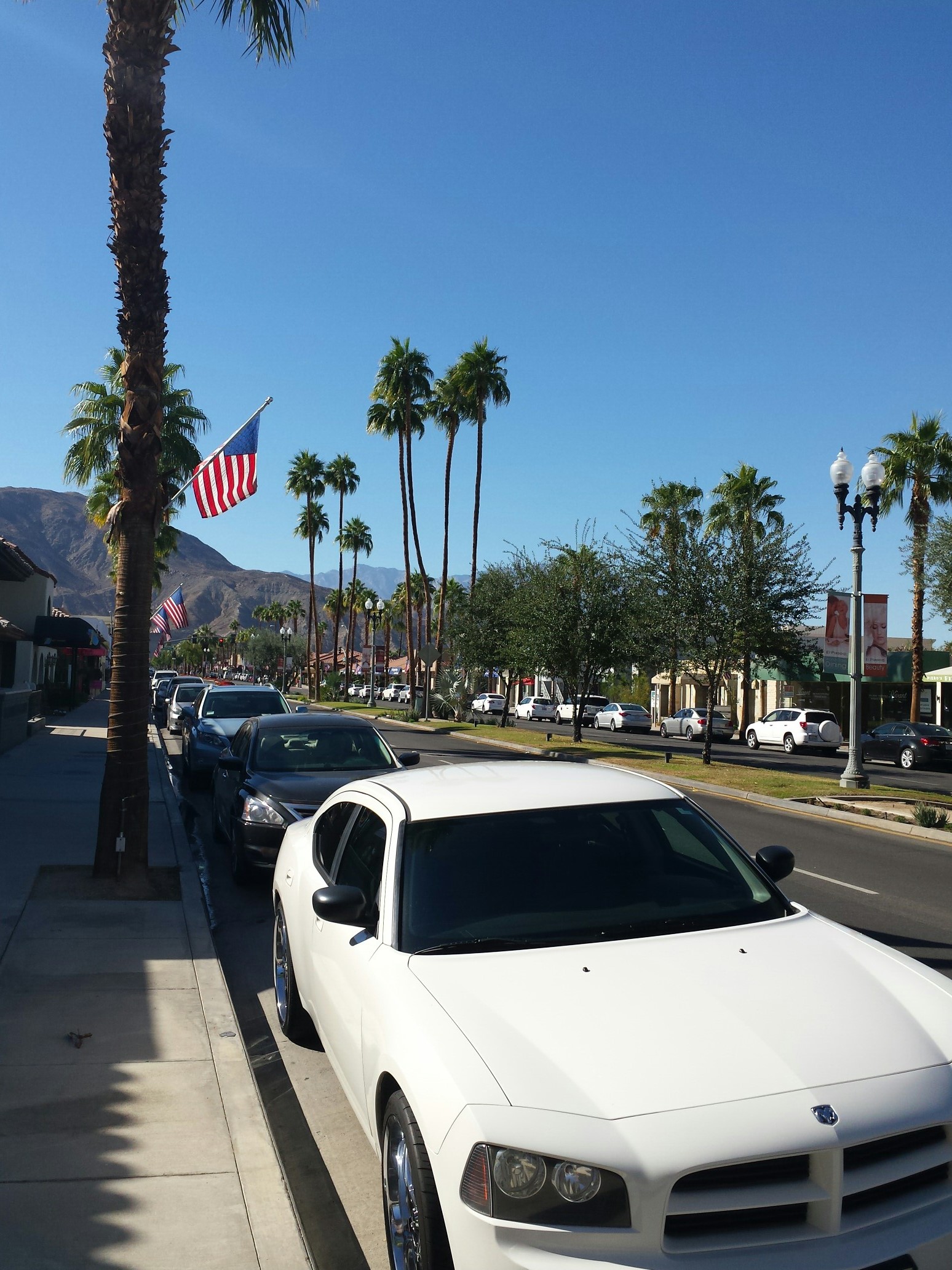Berlin based DR. Schulte and Partner Rechtsanwälte mbB concentrate on assisting our clients preventing fraud and scams. Especially in investment related business relationships and contracts potential customers are supposed to take special care. In Germany as well as in the United States and every other capitalist Nation, the methods are similar.
As an example, here is what the U.S. Department of the Treasury provides as a description of the current development in Anti-Money Laundering Laws (http://www.fincen.gov/news_room/aml_history.html):
Money laundering is the process of making illegally-gained proceeds (i.e. „dirty money“) appear legal (i.e. „clean“). Typically, it involves three steps: placement, layering and integration. First, the illegitimate funds are furtively introduced into the legitimate financial system. Then, the money is moved around to create confusion, sometimes by wiring or transferring through numerous accounts. Finally, it is integrated into the financial system through additional transactions until the „dirty money“ appears „clean.“ Money laundering can facilitate crimes such as drug trafficking and terrorism, and can adversely impact the global economy.
In its mission to „safeguard the financial system from the abuses of financial crime, including terrorist financing, money laundering and other illicit activity,“ the Financial Crimes Enforcement Network acts as the designated administrator of the Bank Secrecy Act (BSA). The BSA was established in 1970 and has become one of the most important tools in the fight against money laundering. Since then, numerous other laws have enhanced and amended the BSA to provide law enforcement and regulatory agencies with the most effective tools to combat money laundering.
Money Laundering and Financial Crimes Strategy Act (1998)
• Required banking agencies to develop anti-money laundering training for examiners
• Required the Department of the Treasury and other agencies to develop a National Money Laundering Strategy
• Created the High Intensity Money Laundering and Related Financial Crime Area (HIFCA) Task Forces to concentrate law enforcement efforts at the federal, state and local levels in zones where money laundering is prevalent. HIFCAs may be defined geographically or they can also be created to address money laundering in an industry sector, a financial institution, or group of financial institutions.
Uniting and Strengthening America by Providing Appropriate Tools Required to Intercept and Obstruct Terrorism Act of 2001 (USA PATRIOT Act)
[Title III of the USA PATRIOT Act is referred to as the International Money Laundering Abatement and Financial Anti-Terrorism Act of 2001]
• Criminalized the financing of terrorism and augmented the existing BSA framework by strengthening customer identification procedures
• Prohibited financial institutions from engaging in business with foreign shell banks
• Required financial institutions to have due diligence procedures (and enhanced due diligence procedures for foreign correspondent and private banking accounts)
• Improved information sharing between financial institutions and the U.S. government by requiring government-institution information sharing and voluntary information sharing among financial institutions
• Expanded the anti-money laundering program requirements to all financial institutions
• Increased civil and criminal penalties for money laundering
• Provided the Secretary of the Treasury with the authority to impose „special measures“ on jurisdictions, institutions, or transactions that are of „primary money laundering concern“
• Facilitated records access and required banks to respond to regulatory requests for information within 120 hours
• Required federal banking agencies to consider a bank’s AML record when reviewing bank mergers, acquisitions, and other applications for business combinations
Intelligence Reform & Terrorism Prevention Act of 2004
• Amended the BSA to require the Secretary of the Treasury to prescribe regulations requiring certain financial institutions to report cross-border electronic transmittals of funds, if the Secretary determines that such reporting is „reasonably necessary“ to aid in the fight against money laundering and terrorist financing.
Für unsere deutschen Mandanten gibt es hier eine kurze Zusammenfassung:
Dr. Schulte und sein Team beschäftigen sich auch mit problematischen Kapitalanlagegeschäften. Wir sind dabei sowohl innerhalb als auch außerhalb Deutschlands tätig. Als ein Beispiel für eine amerikanische Darstellung der dortigen Gesetzgebung gegen die Geldwäsche zitieren wir hier aus einer offiziellen Chronologie des Finanzministeriums aus den USA. Der zweite Teil beschäftigt sich mit der Darstellung der Gesetzgebung, die nach den Anschlägen vom 11. September 2001 auch die Eindämmung des Terrorismus zum zentralen Inhalt machte.







